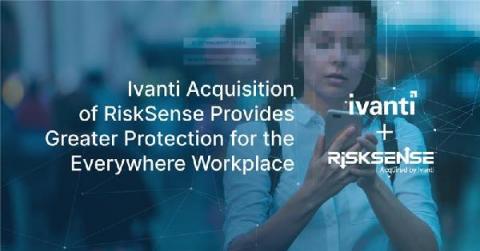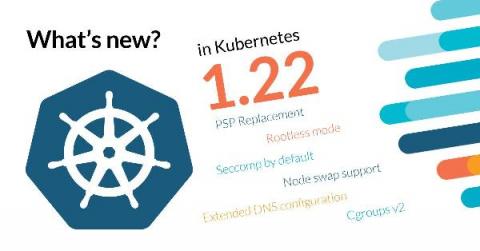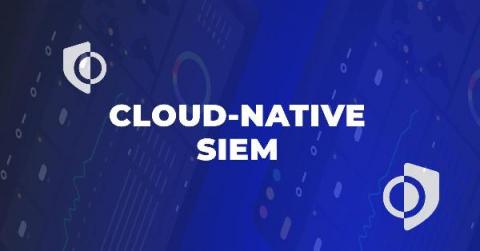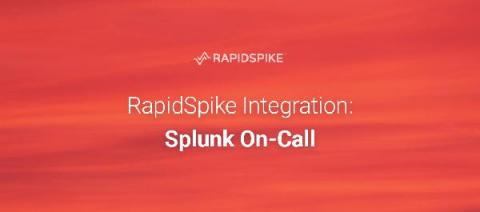Operations | Monitoring | ITSM | DevOps | Cloud
Security
The latest News and Information on CyberSecurity for Applications, Services and Infrastructure, and related technologies.
Ivanti Acquisition of RiskSense Provides Greater Protection for the Everywhere Workplace
If you have been watching Ivanti this year, you have seen that we are delivering on our commitment to make the Everywhere Workplaces possible by providing our customers more robust solutions to discover, manage, secure and service their IT assets. We have been doing this organically, we rolled out our Ivanti Neurons hyper-automated platform last July, and we have also added to the platform’s capabilities and value with acquisitions.
Ransomware is on the rise. Here's how Ivanti x RiskSense will solve it.
Ransomware started making more headlines in 2016, but it was treated largely as a nuisance – not a tangible, resource-worthy threat. Fast forward to 2021 and ransomware has graduated to the big leagues, buoyed by a pandemic-fueled, hasty scramble toward decentralized workforces and digital everything. But this rising threat can’t be entirely blamed on the pandemic.
Conti Threat Research Update and Detections
The Splunk Threat Research team has researched two of the current payloads involved in these heinous campaigns against healthcare and first responder organizations such as Conti & REvil. In the first blog, we explored the REvil ransomware group and in this blog, we will explore Conti.
Kubernetes 1.22 - What's new?
This release brings 56 enhancements, an increase from 50 in Kubernetes 1.21 and 43 in Kubernetes 1.20. Of those 56 enhancements, 13 are graduating to Stable, a whopping 24 are existing features that keep improving, and 16 are completely new. It’s great to see so many new features focusing on security, like the replacement for the Pod Security Policies, a rootless mode, and enabling Seccomp by default. Also, watch out for all the deprecations and removals in this version!
Why Cloud-Native SIEM?
The SIEM is a central point where data is collected and correlated, and as we move to consume more cloud services and data sets the SIEM itself must also change in architecture. Architecture change is hard to make for existing products. Calling a product a ‘cloud solution’ is not the same as taking an on-premises product and hosting it for customers. It means building a new SIEM for a new world. There are a lot of reasons users seek new SIEMs.
RapidSpike Integration: Splunk On-Call
Here at RapidSpike, we have an ever-growing list of integrations available to help manage incidents raised from all facets of our system. The latest addition to the roster being Splunk On-Call (formerly known as VictorOps).
A Sneak Peek at the "Calico Certified Operator: AWS Expert" Course
Recently, we released our new “Calico Certified Operator: AWS Expert” course. You can read more about why we created this course and how it can benefit your organization in the introductory blog post. This blog post is different; it’s an opportunity for you, the potential learner, to get a glimpse of just a few interesting parts of the course. You won’t learn all the answers here, but you’ll learn some of the questions!











